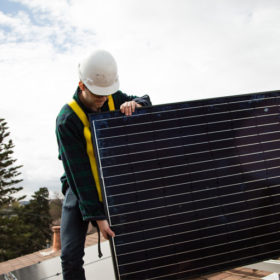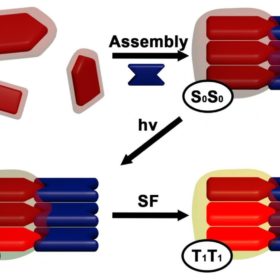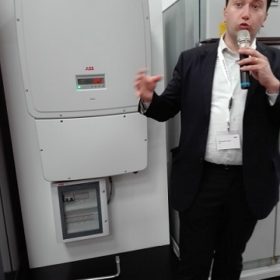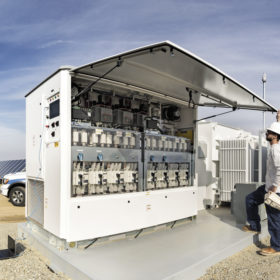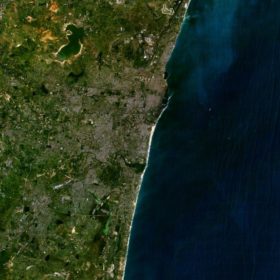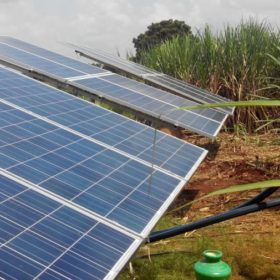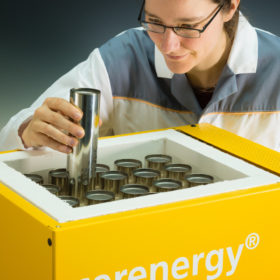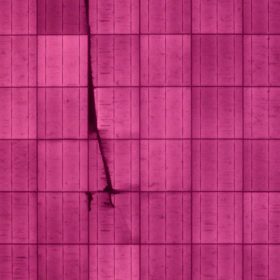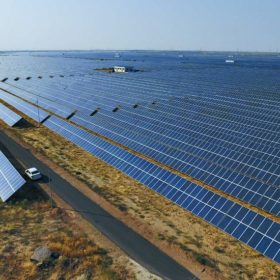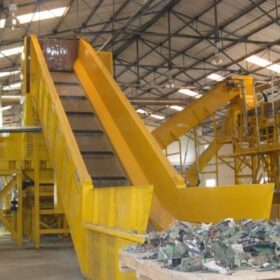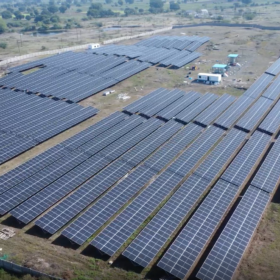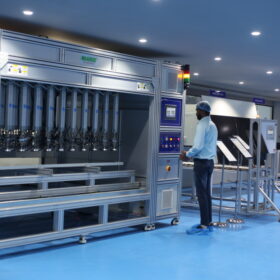Magenta Power and Mahindra Susten partner to offer customised rooftop solar solutions
Magenta Power, a Mumbai-based solar power and electric vehicle charging solutions provider, and Mahindra Susten, renewable arm of US$20.7-billion multinational Mahindra Group, will jointly work towards developing technological solutions and rooftop solar power installations.
Researchers upcycle plastic waste into battery anodes
A new approach could extract carbon from polyethylenes in a cost-competitive way, that could be scaled up. Researchers have also performed electric testing with the extracted carbon and found it suitable for use as anodes in Li-ion batteries, among multiple other uses.
Singlet fission may raise theoretical efficiency of solar cells to 44%
According to a U.S. research team, new nanomaterials relying on dyes based on diketopyrrolopyrrole and rylene can generate a singlet fission reaction that extends the life of harvestable electronic charges.
ABB to install microgrid with energy storage at IIT Roorkee
Setting up of the microgrid with battery energy storage is part of an extended R&D collaboration between ABB and the Indian Institute of Technology, Roorkee to create platforms for research on smart city technology deployment.
The long read: Delaying derating
High solar irradiance and few cloudy days are ideal for solar. Fine dust and extreme heat is not – particularly when it comes to power electronics. As the distributed generation market segment emerges across hot climates, extreme conditions are a challenge inverter suppliers are grappling with.
Government to launch Solar Energy Harnessing Centre at IIT Madras
Union Minister for Science & Technology, Dr Harsh Vardhan will launch the solar technology centre at IIT Madras on January 25, 2019. The Centre will focus on a wide range of research and development activities such as silicon solar cells that promise high efficiency and are suited for Indian conditions.
The long read: Why are we not making the most out of big data analysis?
Although the solar industry sees itself as young, its assets are aging. Owners still struggle with the complexity of making the best use of big data analysis to improve plant efficiency and profitability. Ragna Schmidt-Haupt, of Everoze, examines why this has not changed, and what can or should be improved. Artificial intelligence, advanced data analytics, automated assessments and smart monitoring software – holistic solar asset management starts here.
Solar pump testing and research lab coming up at TERI
The test facility, to be set up by the Maxop Research and Testing Institute, will be capable of testing solar water pumping systems and other solar products in compliance with Bureau of Indian Standards guidelines and international standards.
Sodium-nickel-chloride battery could fit the bill for India
The new ‘cerenergy’ system that has been developed in Germany can operate without air conditioning by using vacuum insulation even in extreme temperatures. With no rare earths required for manufacture, the product’s basic material is salt.
Indian panel data could transform PV monitoring processes
Researchers say the use of clustering-based computation could remove the need for on-site inspections of panels by instead enabling real-time monitoring of degradation using only meteorological data.
